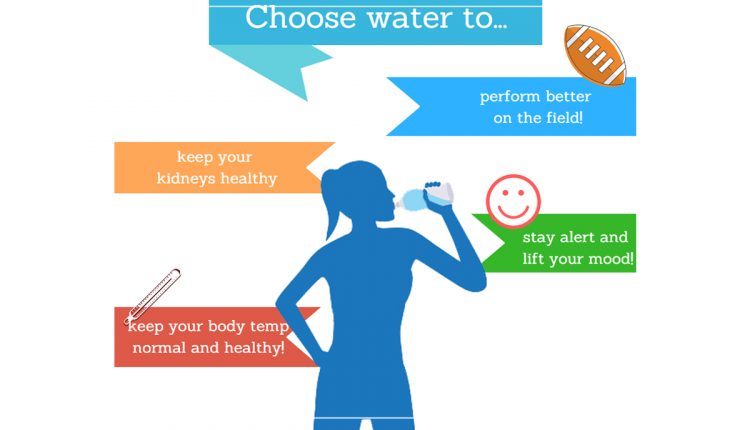
What Happens to Your Body When You’re Fully Hydrated
We all know what changes happen in our body when we’re dehydrated, but it’s also important to know the positive physiology associated with being in a state of adequate hydration, that way we can recognize the signs and aim to be in that state of most of the time. Moreover, it’ll give us a good idea of what progressive dehydration feels like, so we can know when to get a glass of water before we become cripplingly dehydrated
Notice the color of your urine
This is actually the best indicator of your hydration level. If you’re getting enough fluid, your urine should be a pale yellow or straw color, but darkens as you get more and more dehydrated. In states of water deprivation, your urine begins to darken and turns a deep golden color. The physiology of this is quite simple, dilute urine is lighter because there’s more water—your body has more water than it needs so the excess is excreted out. As you get more dehydrated, your urine gets darker because the proteins and waste chemicals become more concentrated. This is a sign that you need to get a glass of water ASAP.
Your sweat is regular when you’re fully hydrated
Your body releases sweat on physical exertion as a cooling mechanism, so if your water balance is on point, you should be sweating throughout your workout. If, however, you’re running low on water, you’ll begin to develop cramps and you won’t be sweating as much. Because you won’t be sweating, you’ll lose your body’s natural cooling mechanism and your body temperature will become dangerously high. This will obviously impact your athletic performance as in addition to wearing out your body, so it’s critical to be well hydrated before and during heavy duty physical exercise.
Healthy, Hydrated Skin
The skin pinch test is an age-old method, used mainly by health practitioners to evaluate hydration status. It measures skin turgor and the science behind this is quite simple. When you’re getting enough water, your skin will be strong and supple, so upon pinching, it will quickly return to its normal state. However, if you’re losing water faster than you’re taking it in, your skin will not return to normal immediately. That’s a sign that your cells are not getting enough water and they become somewhat flaccid. If that’s the case, you should find a water cooler and get a nice refreshing drink before you develop any of the other symptoms of dehydration. Having said that, the skin pinch test can be confounded by other factors like kidney problems, poor nutrition and smoking, in which case, you should look at the next test which is…
The Capillary Refill Test
In layman’s terms, it works like this. When you apply pressure to the tips of your fingers and then leave it, your normal pink/red color should return after two seconds. That’s normal and it means that your capillaries are adequately dilated. In states of dehydration, your capillaries constrict and less blood gets to your extremities, in which case, it’ll take about four seconds for color return after blanching.
No More Headaches
The last thing you need to watch out for is headaches and light headedness. Again, there could be a number of causes for this, but it could mean dehydration of paired with some of the other giveaway tests. In fact, the first thing anyone would recommend if you’re feeling light-headed is to drink a glass of water.

